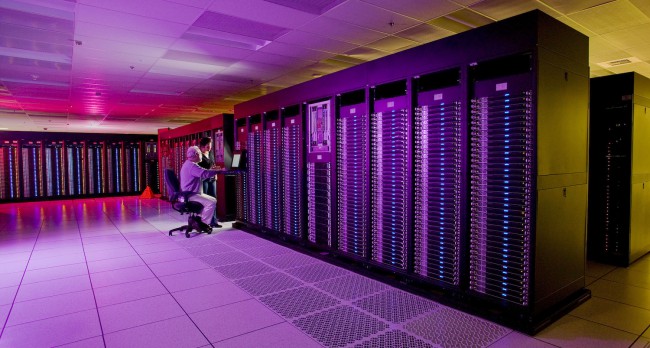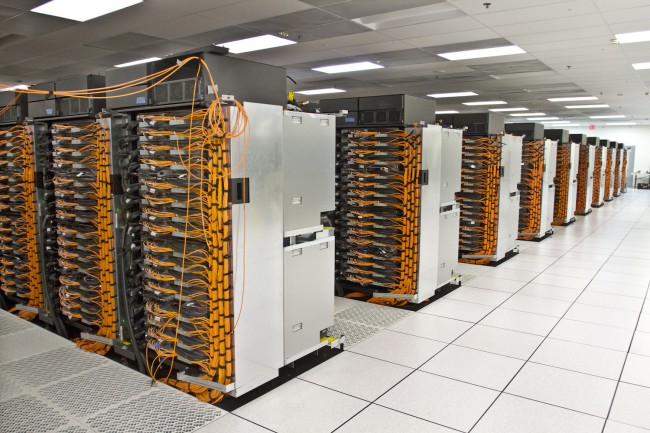
American scientists from Duke University (Duke University) in Durham have developed the supercomputer, which allows you to create a three-dimensional model of the human vascular system, practically do not differ on indicators from a living human body.
Specialists using special software received showing every artery and vein, the minimum diameter was 1 mm. According to the staff of Duke University, they were surprised by the obtained accuracy: blood circulation in the human body and liquids in the model of cardiovascular system created on a 3D printer, did not differ.
Study leader Amanda Randles (Amanda Randles) noted that scientists were able to create a replica of such a complex system of the human body. Its structure is so well designed that the passage of the liquid plastic vessels is even an imitation of pulsation in the pumping of blood by the heart.
Scientists have named the proposed model the cardiovascular system “Garvey” in honor of the great English physician of the 17th century, the founder of physiology and embryology of William Harvey, who first formulated and proved the theory of blood circulation (approx. – before this, scientists believed that blood formed in the liver from food and moves through the veins ending blindly in the bodies).
The basis of “Harvey” are the data of computer tomography and magnetic resonance imaging of a patient. The process of modeling occurred in the Lawrence Livermore National laboratory in California on a supercomputer with 1.6 million processors. He is among the ten most powerful supercomputers in the world, with the performance of 17,17 petaflops.

According to the information received from Amanda, Rentls, in the future, scientists from Duke University will be engaged in the next stage of the project: test of different surgical interventions, used in various cardio-vascular diseases affect the circulatory system as a whole, for example, new versions of stents in surgery.
